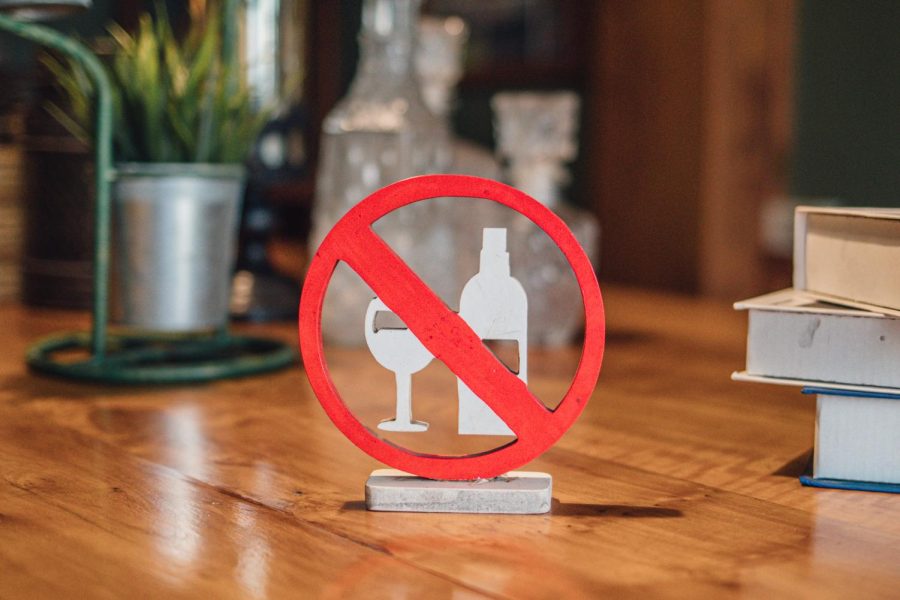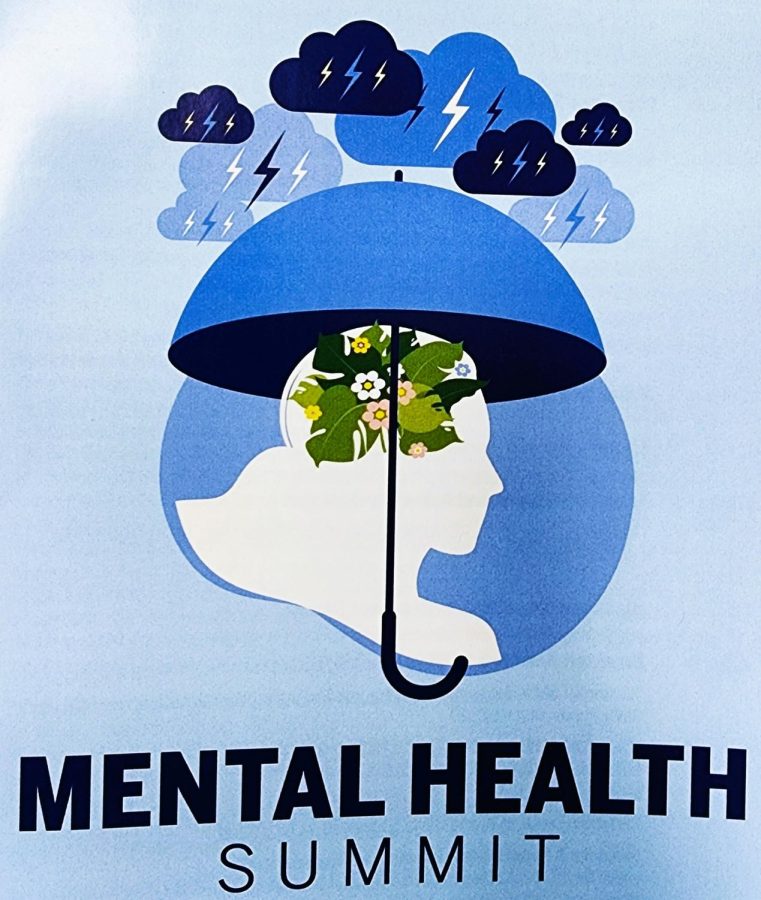
In October 2009, IU Southeast launched a new recycling program to decrease the amount of wasted material at the university. This recycling program requires students to toss items of plastic, paper, aluminum cans and cardboard into the designated recycling bins on campus.
Once a week, trucks from Quality Recycling Specialist visit IU Southeast to pick up the school’s recycling and takes it back to their facility to sort each product.
“In an average month, we send off about 8,000 pounds of recyclable material to QRS to be sorted,” Jon Smith, mail and recycling services, said.
By implementing the recycling bins around campus, the school is now paying $45 per week, per recycling dumpster. There are six recycling dumpsters and 207 small recycling bins stationed around campus. “We are trying to expand the program and implement more recycling bins in each classroom while eliminating trash dumpsters,” James Bonsall, business junior, said. “The program is currently not showing money improvement because we are technically losing money with the recycling in addition to having 10 trash dumpsters. In the long run, we are hoping to have more recycling dumpsters and less trash dumpsters.”
Although students and faculty are able to dispose of many various products in the recycling bins, there are several items that belong in the trash. Items such as glass, Styrofoam, napkins and food are not to be tossed in the designated recycling bins. However, these items are sometimes found in the bin.
“Up to 10 percent of contamination can be dealt with, and it is not a huge issue if some food is thrown into the bins,” Bonsall said. “The bins carry clear bags to assist the custodians with disposing. If a custodian sees that there is mostly food or other contaminates, then the custodian just puts it in the trash instead. The custodial staff is doing a great job.”
QRS Recycling is located in downtown New Albany and has three other locations in St. Louis, Nashville, Tenn., and Louisville and was established in 1974.
“Jon Smith, Tom Moore and I toured the QRS facility and we were immediately impressed with their system,” Bonsall said. “They are the leading recycling company that has perfected the process and is extremely sufficient.”
A negative theory of the recycling program swarming around IU Southeast is there may be a chance that the campus is disposing the recycling with the trash while still receiving the benefits of a green school. Jim Wolfe, Physical Plant director, disputes this theory with confidence.
“We have had prior issue with recycling programs before, but the current system is much easier to operate,” Wolfe said. “If the clear bags in each bin is not 80 percent recycling, it goes into the trash. We have made it really easy for the students and there would be no incentive for us to cheat the system.”
Bonsall and Smith said they hope to have a meter or board posted on campus that displays how much IU Southeast recycles and minimize the number of trash cans while making more recycling opportunities available in offices and classrooms.
“We need to have the trash picked up less because it is far more fiscally responsible to recycle over wasting material,” Smith said. “As long as we can maintain what we are doing now, remove the need for trash, make recycling more accessible to students, we are in good shape.”
Bonsall, Smith and Wolfe said they agree the program will continue indefinitely with anticipating expansion because of the benefits of being a green campus.
“It is almost a necessity to recycle,” Bonsall said. “It would look pretty negative with the whole green movement if our campus didn’t. We need to treat our environment with respect within reason.”
By COURTNEY MCKINLEY
Staff Writer
comckinl@ius.edu






